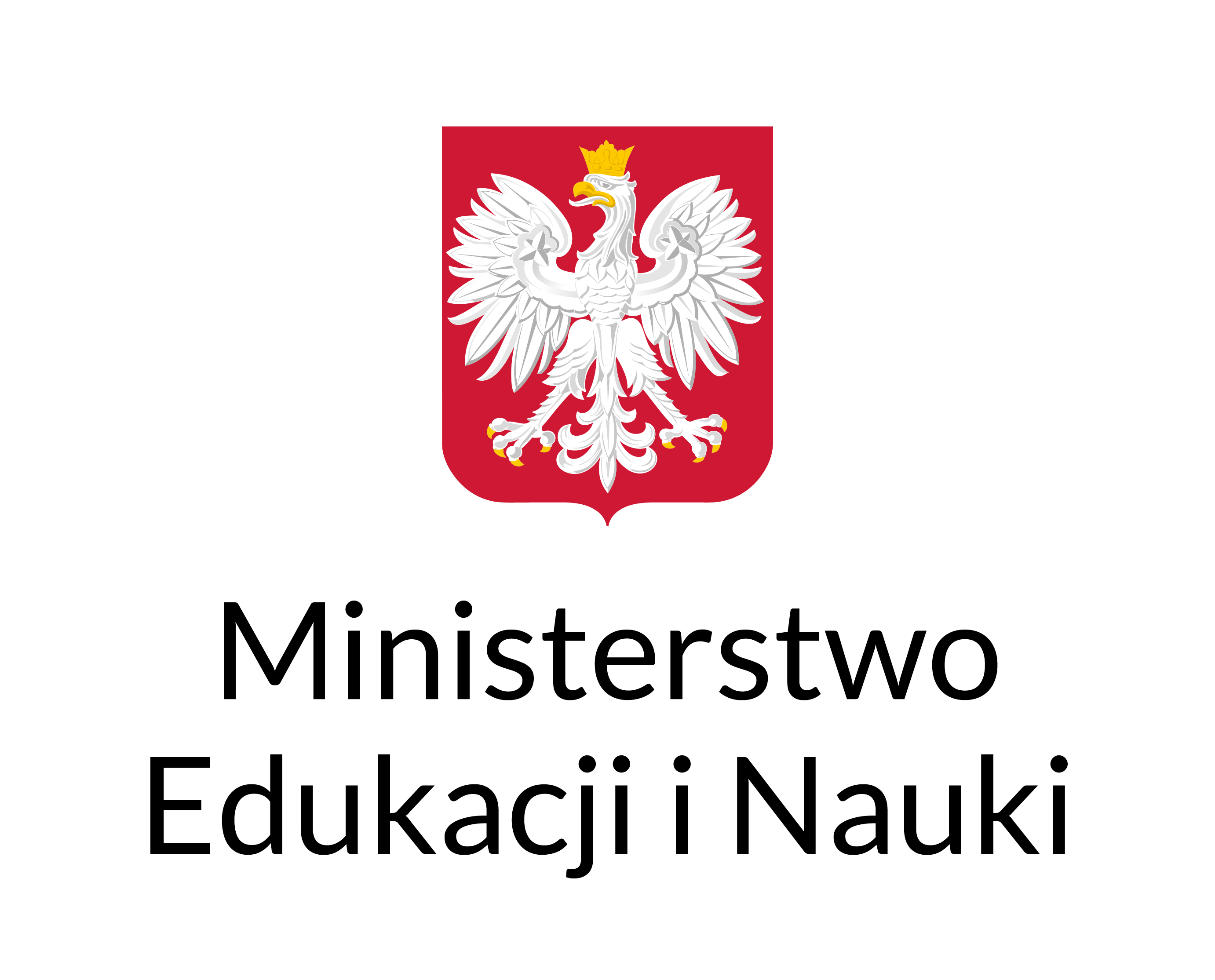The Constitutional Dilemmas of Terminating Intra-EU BITs
Abstract
The adoption of the agreement for the termination of intra-EU bilateral investment treaties in 2020 is a big step forward in the long saga of these investment treaties. This agreement aims to overcome every point of discord between the investment agreements and the EU legal order by terminating both intra-EU bilateral investment treaties and the pending dispute settlement procedures that arose from them. In light of the landmark 2018 Achmea judgement, the agreement asserts that the key role should be given to the Court of Justice of the European Union in this area. This is a great endeavour since almost one-fifth of the investment arbitrations worldwide came from disputes within the European Union.
However, it does not seem that the agreement will have the final say since constitutional questions were raised concerning its application. In this spirit, this article briefly outlines the legal and constitutional dilemmas intra-EU bilateral investment treaties pose in the European Union. Then, it outlines the contours and major provisions of the termination agreement, especially with regard to the pending arbitration proceedings. In light of a concrete case brought before the Hungarian Constitutional Court, the article explores the constitutional dilemmas raised by the termination agreement. It highlights three major questions: the international legal aspects, the question pertaining to the European judicial dialogue, and the constitutional principle of non-retroactivity. The article takes into account the major theoretical aspects of each of these dilemmas.
References
Chronowski, N. (2019) ,Az Európai Unió jogának viszony a magyar joggal' in Jakab, A., Könczöl, M., Menyhárd, A., Sulyok, G. (eds.) Internetes Jogtudományi Enciklopédia http://ijoten.hu/szocikk/az-europai-unio-joganak-viszonya-a-magyar-joggal (Accessed: 15 October 2021).
Fermeglia, M. and Mistura, A. (2021) Killing all birds with one stone: Is this the end of Intra-EU BITs (as we know them) [Online]. Available at: https://www.ejiltalk.org/ killing-all-birds-with-one-stone-is-this-the-end-of-intra-eu-bits-as-we-know-them/ (Accessed: 15 October 2021).
Grabenwarter, C., Huber, P.M., Knez, R., Ziemele, I. (2021) 'The Role of the Constitutional Courts in the European Judicial Network', European Public Law, 27(1), pp. 43-62; https://doi.org/10.54648/EURO2021003.
Korom, V. and Sándor, L. (2019) Hungary Gives the Green Light for the Conclusion of a Termination Agreement for Intra-EU BITs [Online]. Available at: http://arbitrationblog.kluwerarbitration.com/2019/01/14/hungary-gives-the-green-light-for-the-conclusion-of-a-termination-agreement-for-intra-eu-bits/ (Accessed: 15 October 2021).
Nanteuil, A. (2017) Droit international de l'investissement. Paris: Éditions A. Pedone.
Paulsson, J. (1995) 'Arbitration Without Privity', ICSID Review, Foreign Investment Law Journal, 10(2), pp. 232-257; https://doi.org/10.1093/icsidreview/10.2.232.
Sándor, L. (2019) 'Central and Eastern Europe' in Krajewski, M., Hoffmann, R.T. Research Handbook on Foreign Direct Investment. Edward Elgar Publishing, pp. 457-494; https://doi.org/10.4337/9781785369858.00025.
Sornarajah, M. (2010) The International Law on Foreign Investments. Cambridge University Press; https://doi.org/10.1017/CBO9780511841439.
Sornarajah, M. (2015) Resistance and Change in the International Law on Foreign Direct Investment. Cambridge University Press; https://doi.org/10.1017/CBO9781316156339.












